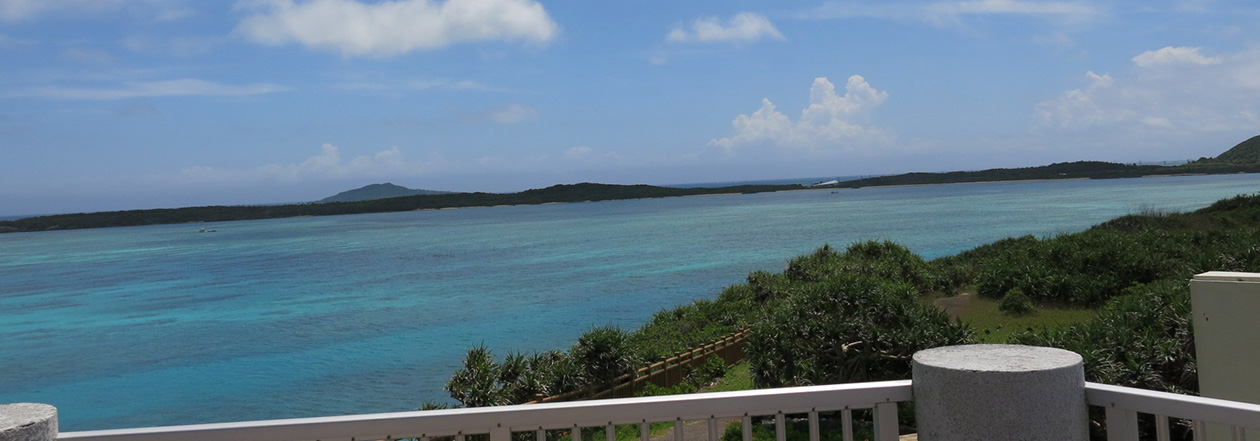Kyushu Region
The number of “Inbound” tourists to Kyushu Region from America, Europe and Australia is lower compared to those from other areas. Since it is located closer to Southeast Asian countries making those tourists easier and cheaper to visit Kyushu Region, it tends to make the share of those from other countries difficult to be ranked in the top.
Ferry services, running between ports of Fukuoka in Kyushu Region and Busan in Korea, bring in lots of Korean tourists, which account for an important percentage of 63% for Kyushu Region. However, because of today’s Japan-Korea tense relations, it is now necessary for Kyushu Region to come up with a new strategy expanding their “Inbound” tourism.
On the other and, Chinese tourists exceed Americans or the citizens of Hong Kong to take the first place in amount of consumption in Fukuoka prefecture supporting the “Inbound” in this area.
Additionally, Kumamoto is a birthplace of local mascot named “Kumamon”, which is tremendously popular in China and Taiwan. The first cafe selling its goods and sweets has been opened in Fukuoka as well as five similar cafes have been already opened overseas. Their future plans are to open in Beijing and Hong Kong
Kyushu Region is also famous for hot springs, as it is called, “onsen”. The hot-spring resorts, such as Beppu in Oita prefecture, have many hotels where staffs can speak English. English websites are available on their home page. Beyond that, there are also staffs from abroad to make those tourists comfortable and enjoy Beppu onsen.

Okinawa Region
Many tourists from Taiwan and Korea visit Okinawa. Okinawa’s amount of consumption by overseas tourists is the 4th largest one in Japan.
50% to 75% of the signs are written in English in this Region. A great number of signs, warning notice boards and brochures have been translated into multiple languages especially at Churaumi Aquarium. Its official website can be viewed with many languages such as Japanese, English, Chinese and Korean. In addition, its staffs are receiving all-hands English training sessions.
When we visited Miyakojima last April in 2018, Shimojishima Airport was under construction. It has opened on March 30th this year, expecting the increase of “Inbound” tourists from overseas such as China, Taiwan, Korea and other Southeast Asian countries. Moreover, it is booming with hotel rush recently. “Inbound” effect will be able to be seen both at the airport and those hotels.

We asked the people in Okinawa the following questions!
At Commerce and Tourism Division of Miyakojima city
Q: How many “Inbound” tourists visit this island a year?
A: The number of tourists including Japanese is increasing yearly, which has reached up to 1,140,000.
However, there is no system which counts the number of overseas domestic travelers, we do not record the number of overseas tourists directly from abroad and those via domestic flights and ships.
Q: Where are they mostly from?
A: More than 50% of the tourists coming by cruise are occupied by Chinese, followed by crew members with special permission of landing. People from Taiwan is 12% and those from Hong Kong is 6% of the total number. Furthermore, there are tourists from Southeast Asian countries such as the Philippines, Malaysia, Indonesia and also from Northern America, such as U.S and Canada, and from the U.K.
Q: What efforts do you make for accepting “Inbound” tourists?
A: Until the direct flights between Shimojishima and Hong Kong were available, our main services for “Inbound” tourists were for those coming on cruise ships. As those passengers often consider the tour to Miyakojima as an option, they visit the island without knowing anything about the island. In such cases, they do not have particular transportation method but just go sightseeing on foot. Since it is difficult to walk around the island without knowing anything, we make city tourist map. We installed public Wi-Fi so that tourists can search tourist information comfortably.
Apart from that, since there are only about 180 taxis on the island, we provide special temporary buses to eliminate the lack of transportation. Despite of Miyakojima’s promotion of Eco-Island activity, tourists’ trash not obeying the island’s rule is an issue. In order to solve this problem, people in Miyakojima are making efforts such as writing messages asking for cooperation in separating the trash on the Japanese round fan.
Q: What are you aiming for in the future?
A: We feel our hospitality is not enough. Because of manpower shortage and language barriers prevent us from understanding the present situation. Therefore, inviting overseas research workers and getting the understanding of islanders are necessary. Although many cruise ships are calling at port, there is no terminal dedicated to cruise ships. Customs, immigration and quarantine are done on board with a lot of work. So we are opening a special terminal exclusively for cruise ships.
Having major economic effects by “Inbound” tourists, we should not depend too much on their consumption activities at large shopping malls, which means we should focus more on selling souvenirs made of our agricultural products.

